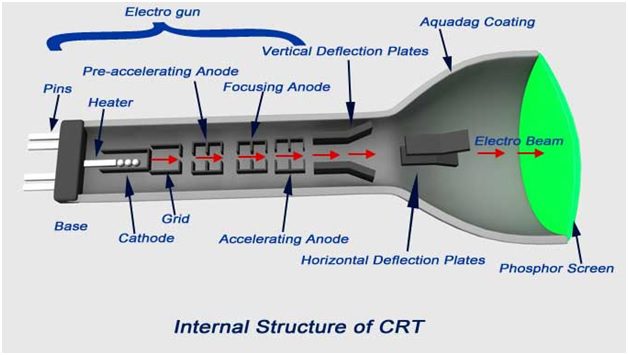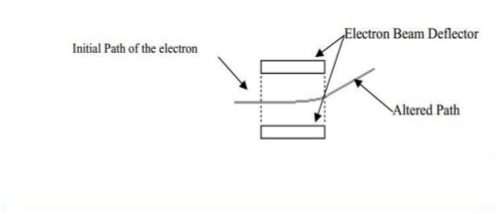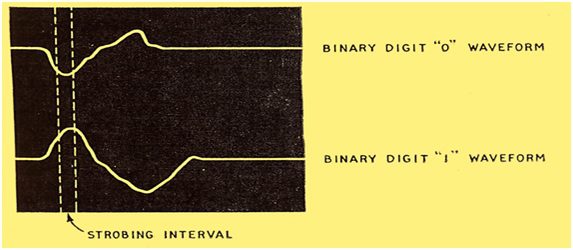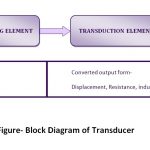Table of Contents
1.Cathode Ray Tube(CRT):
The Cathode ray tube or Braun’s tube was invented by the German physicist Karl Ferdinand Braun in 1897.

Today’s its used in Computer Monitor, TV sets and Oscilloscope tubes.
CRTs have advanced employing many different techniques to increase image precision and quality. Today’s CRT Displays are much more advanced than those of a decade ago. They are much simpler than other display technologies.





Main Component of CRT
The CRT consists of main three main components; the electron gun, the electron beam deflector and the Screen & Phosphors.





Electron Gun
The Electron Gun fires electrons. A strong electric field between cathode and anode accelerates the electrons, before they leave the electron gun through a small hole in the anode. The electron gun consists of two main components the cathode and the electron beam focuser. These two parts work together to fire an electron and help determine where it will go.
Electron Beam deflector
In Display Device the electron beam deflector is positioned at the base of vacuum tube and controls what part of the screen the electron strikes. The electron beam deflector; like the focuser can rely on either an electromagnetic or electrostatic mechanism. Electrostatic mechanism changes the path of the electron rather than focus it. Most television and computer display devices use an electromagnetic coil to control the path of electron. The deflector determines the path of electron. There are really two deflectors one that controls the position in the X or horizontal direction and one in the Y or Vertical direction. The electromagnetic force causes the electron to move towards either the left or the right in the case of the horizontal deflector. The deflector uses the force to change the path of electron to determine what part of the screen the electron hits.





Screen
The screen which is at the front of CRT, is what actually displays the images. In color CRTs the screen contains light emitting phosphors with three different colors. When the electron fired from the gun strikes the screen and hits an atom in the phosphor, it transfers its energy to an electron in the phosphor.
Cutaway rendering of CRT
Cutaway rendering of CRT:
- Deflection coils
- Electron beam
- Focusing coil
- Phosphor layer on the inner side of the screen; emits light when struck by the electron beam
- Filament for heating the cathode
- Graphite layer on the inner side of the tube
- Rubber or silicone gasket where the anode voltage wire enters the tube (anode cup)
- Cathode
- Air-tight glass body of the tube
- Screen
- Coils in yoke
- Control electrode regulating the intensity of the electron beam and thereby the light emitted from the phosphor
- Contact pins for cathode, filament and control electrode
- Wire for anode high voltage.
The only visible differences are the single electron gun, the uniform white phosphor coating, and the lack of a shadow mask
Storage CRT
Digital computer’s display device need some form of storage mechanism to enable solutions of problems and instructions concerning succeeding operations to be retained. There are various means by which this can be achieved, including mercury delay lines, magnetic recording and electrical charge storage on an insulated surface. The last-named method was chosen for the digital computer now in use at Manchester University and, in particular, cathode ray tubes were used as the storage medium.





The initial hopes of using ordinary commercially made cathode ray tubes as the storage medium did not materialize. When tried, such tubes were found to have two main defects: (a) random spurious pulses over the screen area (known as ‘phoneys’), and (b) small total storage capacity.
In operation, the computer uses the binary scale and the two digits 0 and 1 are represented by charge distributions on the storage surface. These different charge distributions can be established by various techniques, for example, by the spot being either defocused or focused, commonly known as focus, or by the focused spot being drawn out into a small line, known as the dot-dash system. Although the last-mentioned system was used originally, the reliability of the storage surface was impaired if there were any ‘phoneys’ of amplitude greater than 50 per cent of the initial pulse at the beginning of the trace. The defocus-focus system is now used, and with this it is possible to operate a tube having a much larger amplitude of ‘phoney’ signal.
| In display devices the display of these binary digits can be seen on the face of the storage tube since the electron beam is intensity modulated as it scans over a rectangular raster. A dot pattern is thus produced, a typical pattern consisting of 64 rows of 32 dots per row. |
| As the beam scans over the previously deposited charges on the storage surface, current waveforms are capacitively induced in a ‘pick-up’ plate which is fixed to the outside surface of the storage tube screen. |
Flat CRT
Flat CRTs have a number of challenges, like deflection. Vertical deflection boosters are required to increase the amount of current that is sent to the vertical deflection coils to compensate for the reduced curvature
Flat CRTs are those with a flat screen. Despite having a flat screen, they may not be completely flat, especially on the inside, instead having a greatly increased curvature.





A CRT that had a flatter viewing surface than the traditional rounder tube. Up to 30% more glass was used to make the screen flatter. Also known as a “flat screen,” “flat face CRT” or “flat square tube” (FST), the flat CRT provided less distortion at the edges and was the preferred design.
Advantage of CRT:
Wide view angle
Very simple implementation
High resolution technology
Excellent color fidelity
Long life and reliability.
Disadvantage of CRT:
High power consumption
So big and bulky
Needs cooling system
Interference
Less Bright
Read Also:-
Related Search:-





Why 4 to 20 mA used?
Why 4 to 20 mA used?





Air Lock Valve
Air Lock Valve





Humidity Measurement
Humidity Measurement





Transducer
Transducer





Density Measurement
Density Measurement





